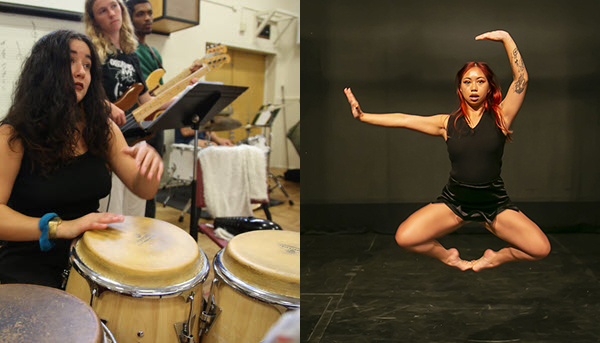In Memorium: Joe Hawley
It is with great sadness that we say goodbye to Joe Hawley of Cloverdale, California, who passed away died peacefully on April 19th, 2023, just a few days after his 85th birthday. He was surrounded by his family and loved ones, and knew he was loved by students and colleagues far and wide. His great skill as a teacher, his endless artistic creativity, and his playful spirit will be forever missed.
Joe Hawley was a shining star in the ceramics world from a very young age, and is considered a pioneer in the early California Glass Arts movement. He became a tenured professor of ceramics at San Jose City College at just 21 years old, while completing his MFA in Glass Sculpture at San Jose State University. Shortly after, he moved on to become a professor at San Francisco State University, where he taught art for nearly three decades.
Teaching ceramics and glass at SFSU, and through his unique and indomitable creative spirit, he influenced countless creative minds over the years. His "Events" of the 1960's, in collaboration with artist Mel Henderson, are the stuff of legend, notably his Oil and Yellow Cab events, which were featured in the BAM/PFA show State of Mind: New California Art Circa 1970. Joe founded the Hot Glass Department at SFSU, one of the first university hot glass shops in the country. He also taught regularly at the University of Hawaii, where—besides having a very good time—he founded Raku Ho'olaule'a, an annual beach-fired ceramics event which has been going strong for over 45 years.
Besides teaching and his extensive involvement in many of the creative "Events" in the 60's, Joe Hawley spent years collaborating with industrial ceramics companies such as Gladding McBean and Mission Clay Products, where he created many of the large-scale ceramic pipe sculptures that he is known for. His extensive travels around the world also became a catalyst for much of his work, such as "Song of India,” a series of hanging and stacked pieces that were created after a sabbatical to the glass bead factories in India.
Joe retired from SFSU in 1995, moving into the old Alder Glen District County School, a turn of the century one room schoolhouse located just outside the community of Cloverdale, which he turned into his studio and art gallery. From there— for nearly 30 years—he continued his relentless exploration of art and sculpture through ceramics, glass, and mixed media, including metal, polyurethane foam, plastic toys, found objects, bronze, and concrete. His on-site creative projects include a 40' concrete art wall called "The Edge" and, famously, a woodpecker-riddled wall of the schoolhouse, which he gallery framed and embellished with colored glass. He called this his "Collaboration with Woodpeckers." Though Joe is now gone, the woodpeckers continue on with this work.
Joe Hawley loved the community of Cloverdale deeply, and was very proud of the little town he lived in. He supported and participated in the Cloverdale Alliance and Cloverdale Sculpture Trail over many years. He also loved beer and live music and up until very recently could be found enjoying the lively outdoor events of the area, especially Friday Night Live and Tuesday nights in the Healdsburg Plaza.
Joe was the last of his generation, predeceased by his sisters Hazel and Vivian and his brother Warren. He is survived by his loving daughter Jorin and her partner Hannes, his long-time girlfriend Wendy, and his devoted caregiver Robin. He had a loving family, a huge group of friends, and a giant student fan base, so his loss is truly and deeply felt.
We will all be dutifully looking after the woodpeckers for him.
Interviews of Joe speaking of his life and career can be found at https://cloverdalesculpturetrail.org/sculpture-day
